Political Polarization:
The 2020 Election is quickly approaching with less than 300 days remaining before the vote. Let’s not kid ourselves—most of us already know who we’re voting for. Whether you’ve despised or loved Trump since the 2016 Election, there’s a small chance you’ve changed your mind.
Without looking at any data, you can feel the political polarization in America. It’s so thick you’d need a chainsaw to cut through it. The amount of vitriol between party lines is palpable—not only through the general public—but, it’s even more pronounced through the politically engaged.
Take for instance a simple video that was captured on Monday night at the College Football Playoff National Championship. Vince Vaughn—an amazing actor and most likely a good guy—was caught on video talking to Trump.
The next day it was trending on Twitter that people were cancelling Vince Vaughn. Really? First off, who cares? Secondly, you have no idea what the context of that conversation was. I feel like I’m taking crazy pills. The cancel culture is so toxic.
Think back to October of last year when Ellen Degeneres was caught having a civil conversation with former President Bush. The Internet was back at it again but she defended the interaction on her daytime talk show.
"But just because I don't agree with someone on everything doesn't mean that I'm not going to be friends with them," she said. "When I say, 'be kind to one another,' I don't only mean the people that think the same way that you do. I mean be kind to everyone."
There is no middle ground anymore—but there used to be. This survey data from Pew Research Center shows how our nation has become increasingly politically polarized over the past 25 years. While you could attribute some of this polarization to Trump, it started way before his era. The median Republican began shifting left at the start of Clinton’s first term. The gap between median Democrat and median Republican was the shortest at the start of Clinton’s second term. From that time, and through the Obama presidency, you can see the gap widening with each party moving further left and further right, respectively. The disparity between the parties is now at 36%, which is almost double the 15% gap that existed when the surveys began.
Confirmation Bias:
From Dr. Shahram Heshmat: Confirmation bias occurs from the direct influence of desire on beliefs. When people would like a certain idea or concept to be true, they end up believing it to be true. They are motivated by wishful thinking. This error leads the individual to stop gathering information when the evidence gathered so far confirms the views or prejudices one would like to be true.
To see this in action, I tried a little experiment where I took someone’s political poll and copied it word for word to see if I could produce opposite results. I did it not to prove that either result was invalid or both voters were wrong, but rather to show how both of our follower demographics are playing to their confirmation biases.
I enjoy Ivan’s Twitter banter but he has always been a vocal critic of President Trump—which is fine. Whereas I like to praise Trump—jokingly of course—for making the stock market go up every day. That’s what makes a market I guess. So you could argue that his following is more left-leaning and my following is more right-leaning.
Here are the results from our equivalent polls:
While the percentage of “neutral” votes basically remained the same, the “favorable” and “unfavorable” were essentially swapped. The ratio between the favorable and unfavorable was more pronounced on Ivan’s poll—with 2:1 votes towards unfavorable. Our confirmation biases may have prevented voters from looking at this situation objectively or possibly from doing any research at all on the subject matter.
Conclusion:
Will we ever make it back to the middle ground and start working together again? What will it take to unite us? What causes this political tribalism? I would assume social media and the widening wage gap are playing large roles in this divisiveness. Hopefully it’s not a global crisis that finally unites us all again. It would be nice to see this gap start to close and for people to start working together again.
If only we would start trying to listen to each other again and consider opinions that contrast with our own views.
This is post #51. You can follow me on Twitter or Instagram or sign up for my free newsletter here. Also please check out my Amazon page for a full reading list.


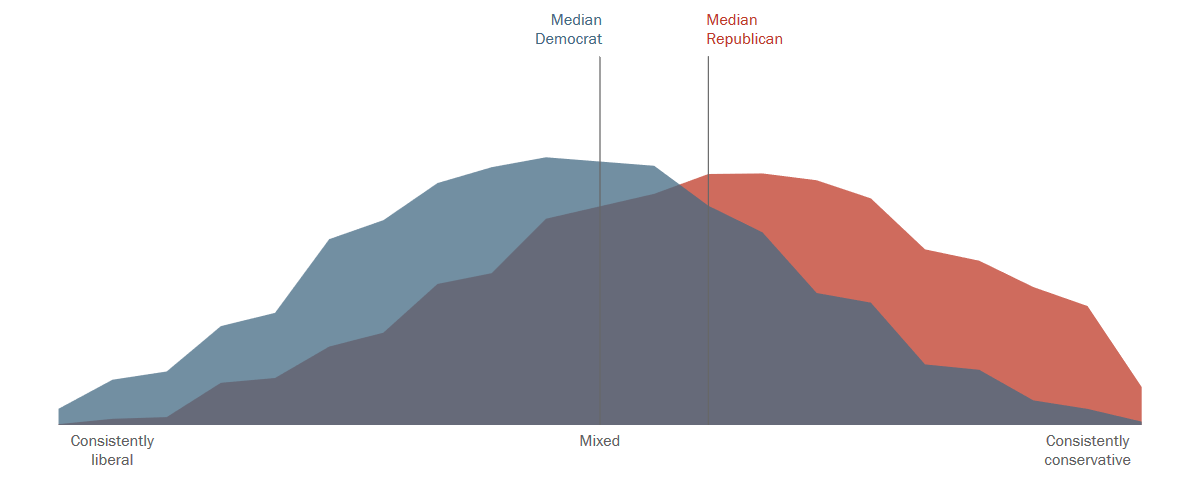
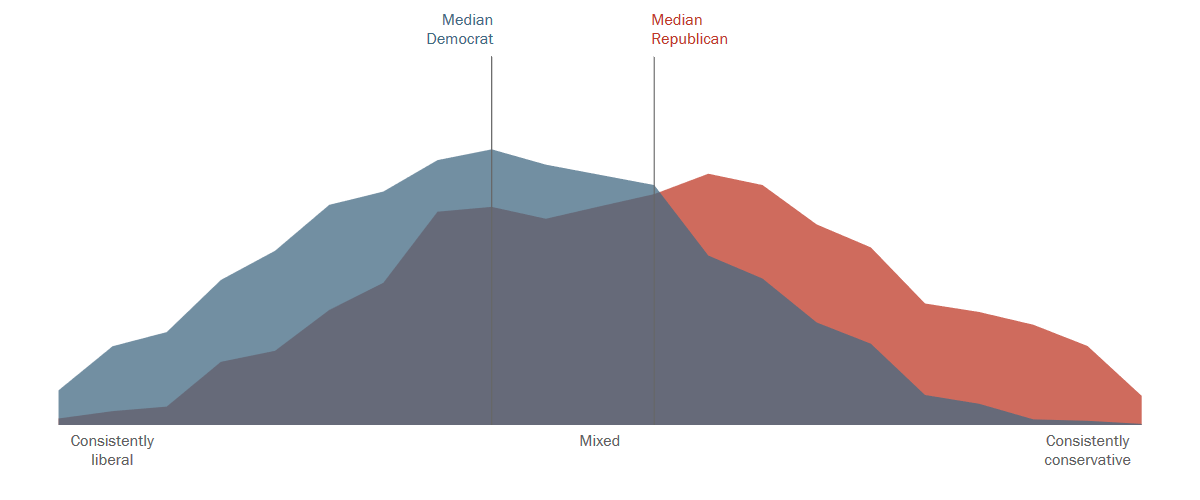
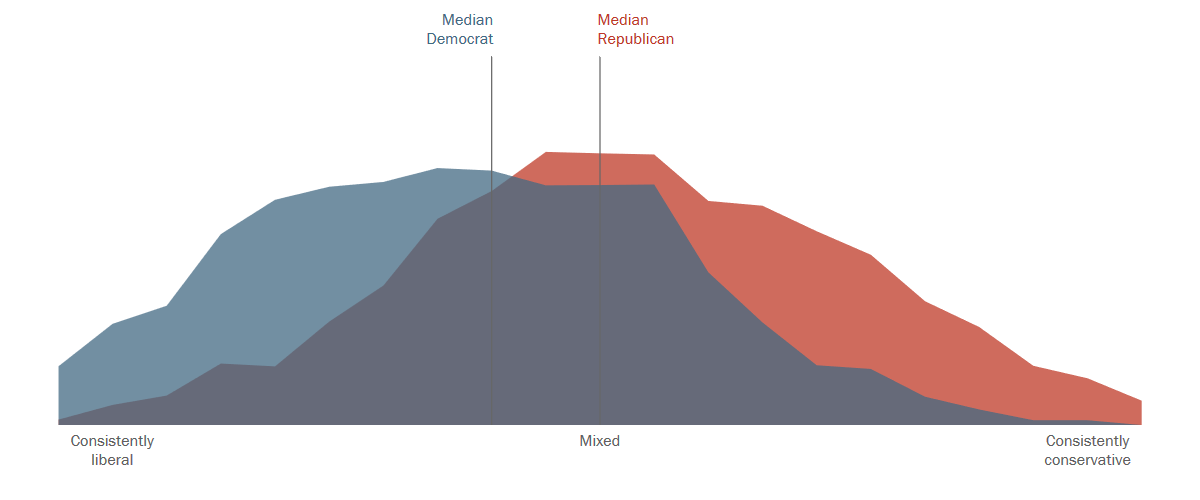
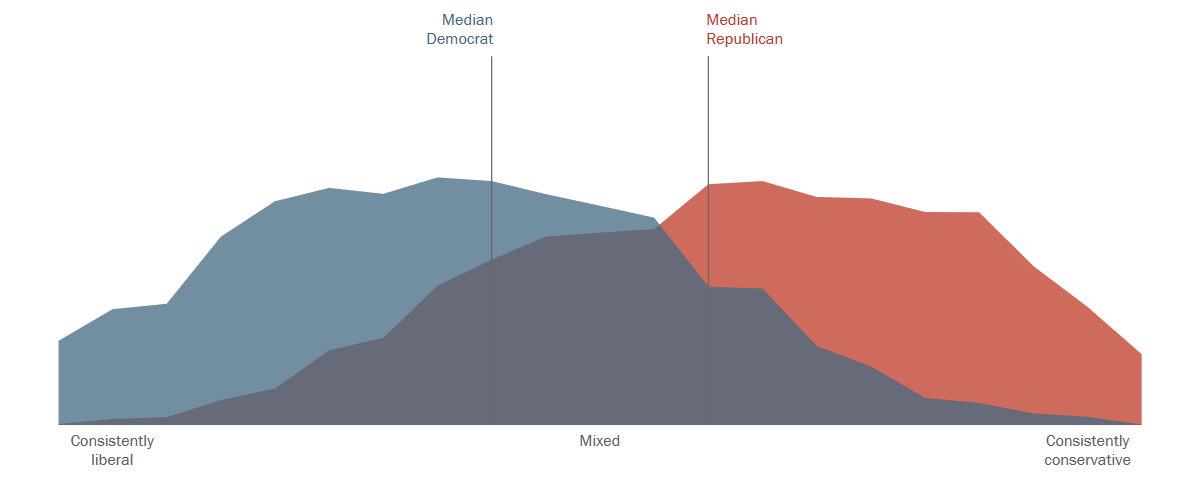
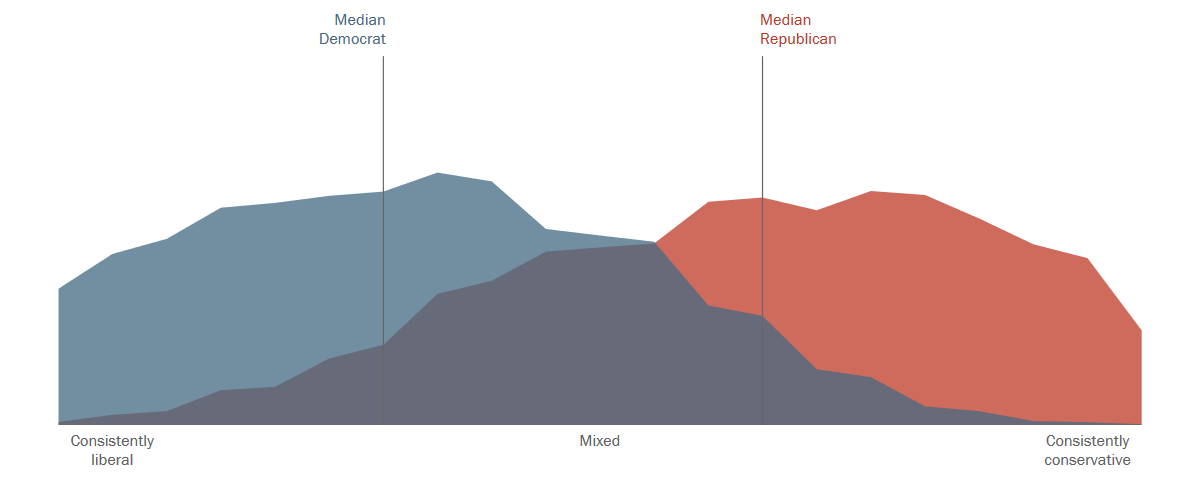
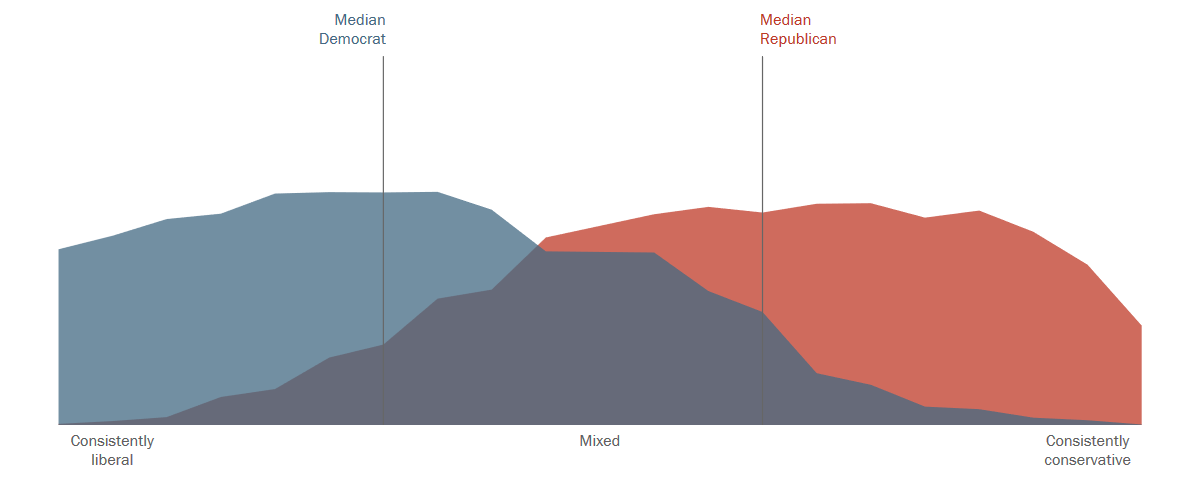
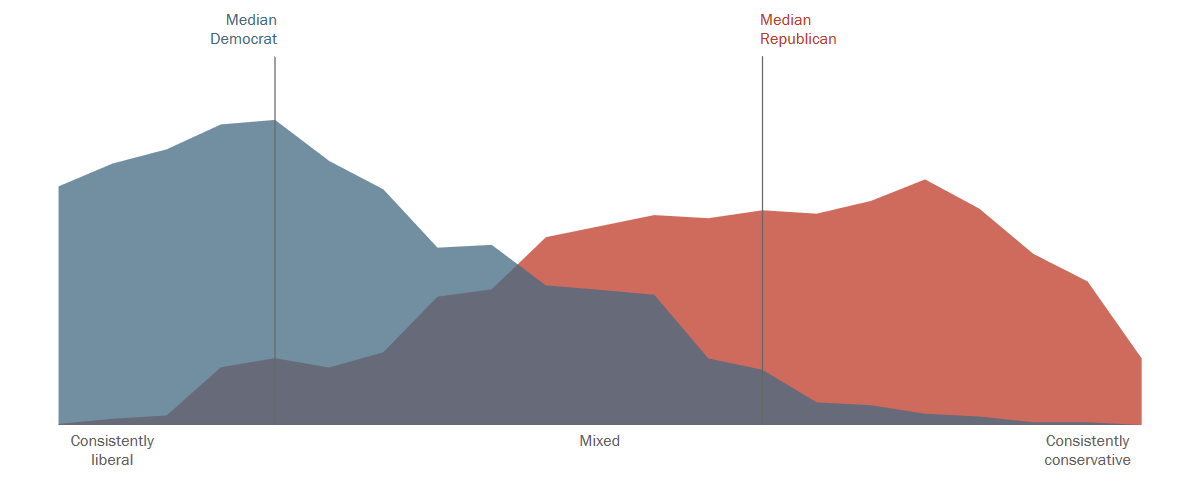


How a 39-year-old made nearly $13M on Tesla and refuses to sell his position.